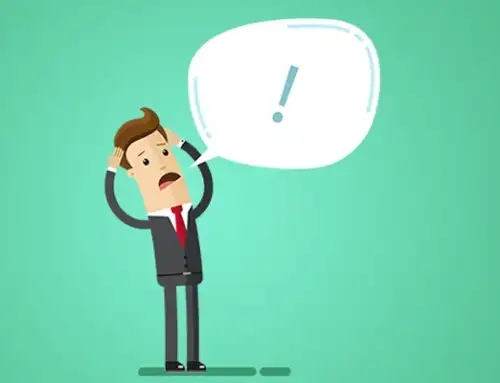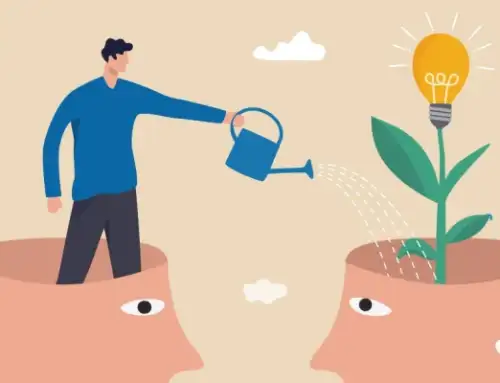Learning: The Adult Brain Is Fond of Stories
Humans have long used stories to transmit their values, beliefs, and knowledge. Today, this practice is mostly perceived as entertainment, often associated with childhood. However, research shows that a well-told story can become an extremely powerful learning tool, even for adults.
Narration: An Adaptive Advantage?
Why are stories so deeply rooted in our lives? Did you know that more than half of our conversations consist of personal stories or gossip? This shows how natural storytelling is for us and how useful and effective it can be behaviorally. Jonathan Gottschall, in The Storytelling Animal, asserts that “storytelling is to humans what water is to fish—completely encompassing and almost imperceptible.” Indeed, telling a story to a peer can become a “transfer of experience,” as ideas, emotions, and reflections are transmitted through the narrative (Hasson et al., 2010).
An Effective Learning Tool?
Even as adults, being told a story captures our attention. This phenomenon is partly attributable to narrative techniques that touch us, captivate our minds, and captivate our interest. By being fully engaged in listening to a story, we are less likely to disengage than when faced with a simple factual presentation.
Captivated Brain, Activated Brain
Listening to a story activates neurons in more brain regions than listening to a rational explanation. This narrative process also leaves lasting physical and emotional traces, making the content easier to memorize and recall.
A Story We Make Our Own
A story involves an emotional charge (see The Importance of Emotions in Learning, 4 Emotions of Learning, and The Crucial Role of Emotions and “Skilled” Intuitions in Learning), a personal dimension, and presents things in an attractive and understandable way. These elements allow listeners to project themselves into the narrative, identify with the characters, and better absorb the content.
Words That Stimulate the Senses
Stories use concrete terms, metaphors, and sensory images to stimulate all the senses, activating their respective regions in the brain (Gonzalez et al., 2006). This process allows listeners to create their own personal and multisensory movies mentally. By being creative, they become more active and motivated in their listening, which promotes memorization and learning.
For a Story to Become an Effective Learning Tool
For narration to become a true lever for learning, it must meet three essential criteria:
- Be relevant and credible to the target audience.
- Develop suspense that maintains interest throughout the narrative.
- Feature a main character who overcomes a challenge or resolves a conflict, both emotionally and intellectually.
By adhering to these principles, a story can not only captivate adults but also instruct effectively.
Additional Sources:
-
Annie Murphy Paul, Your Brain on Fiction, The New York Times, 2012.
-
Paul J. Zak, Why Your Brain Loves Good Storytelling, Harvard Business Review, 2014.
-
Saga Briggs, How Storytelling Can Enhance Any Learning Experience, informeED, 2015.
-
Bruno Hourst, Raconter une histoire peut améliorer n’importe quelle expérience d’apprentissage, Mieux Apprendre, 2019.



